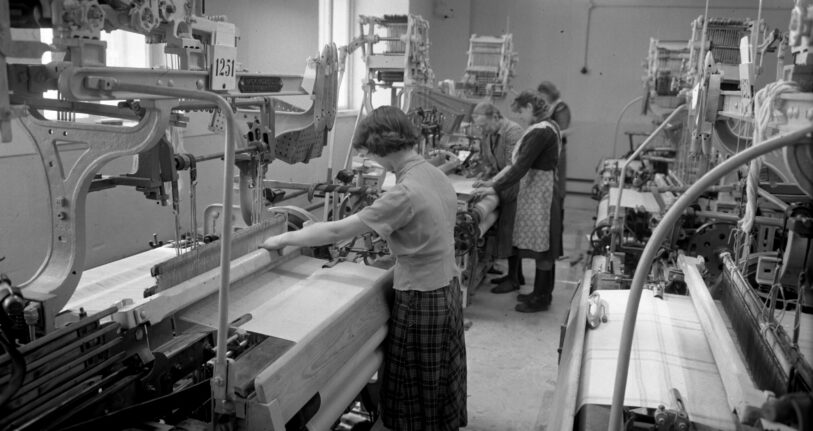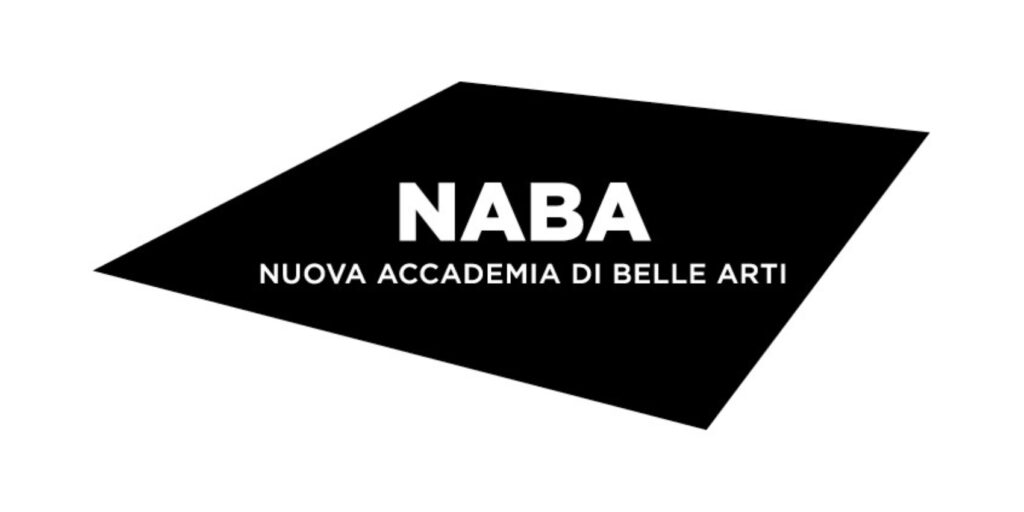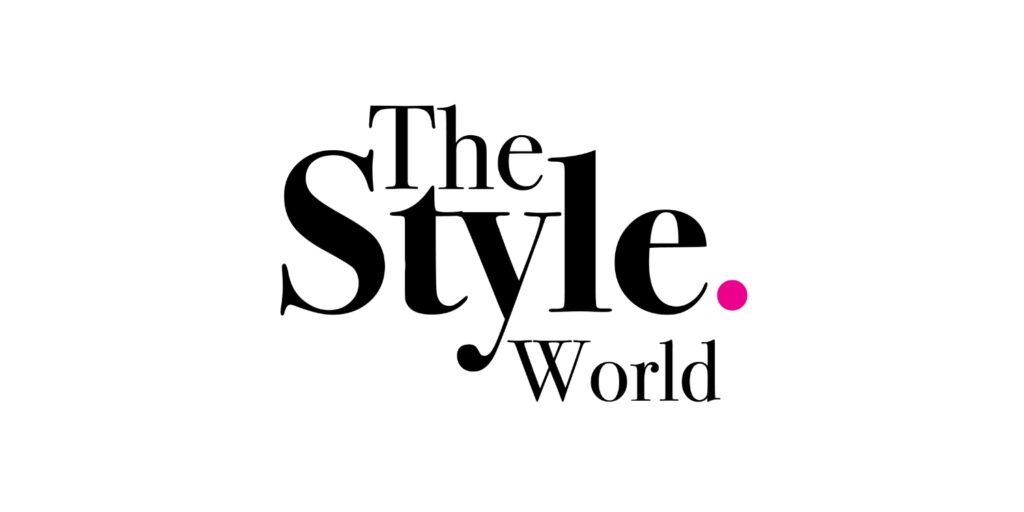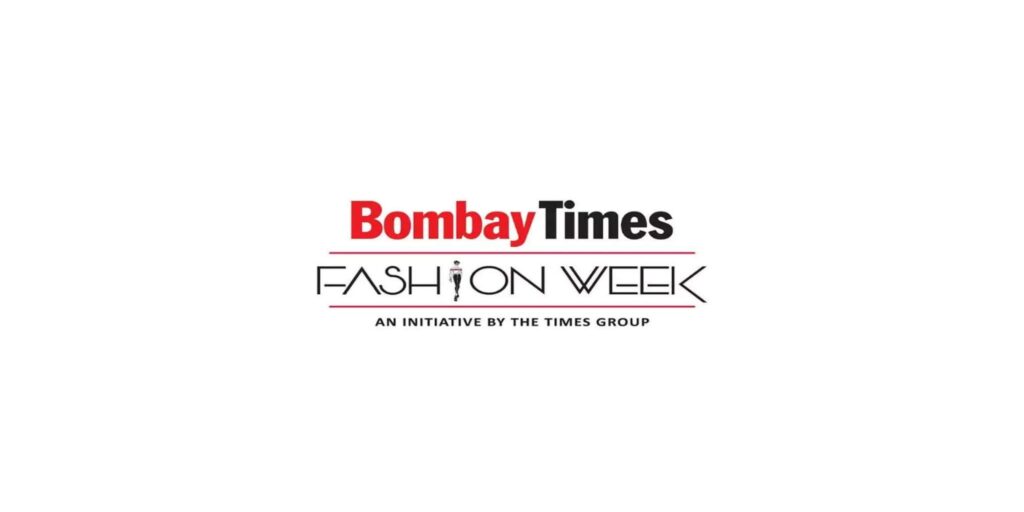Starting a fashion business: Step-by-step guide for beginners
Jd Institute
- March 31, 2023
- 8 min read
- Blogs

“Fashion is not about the product, it’s about an interesting idea that you can’t resist buying into.” – Alessandro Michele
Introduction
Fashion is an industry that is intensely competitive, with each brand aiming to become the market leader. In this competitive environment, fashion entrepreneurs often face stressful situations and lack motivation to pursue their goals. Rather than suffer through this stress, we have compiled all the necessary details on starting a fashion business step-by-step for beginners. We have also compiled the major challenges you might face in the fashion business so that you can have a smooth fashion business journey.
Challenges of Starting a Fashion Business
Creating a fashion business and succeeding in the frenzied world of style requires specific skills, creativity, and business acumen. It takes guts and determination to succeed.
You should consider a few things before starting a fashion business, such as starting a fashion business takes a lot of effort. Especially if this is your first business, you will face challenges. You should not let this stop you from following your passion. Do everything in your power to build your own fashion business, if you know you belong in the fashion industry.
It is possible to turn your passion for fashion into a career by starting your own fashion business. The ability to sell online and make a profit is more accessible than ever for new business owners. From collaborating with wholesalers and finding collaborators to fulfilling customer orders with great items, there are various ways to sell fashion clothing and accessories. From beginning to end, here’s how to start a fashion business.
Here’s a Step-By-Step Guide For Beginners on How To Start A Fashion Business
In the fashion industry, great enterprises were not created by accident. The businesses largely followed a business plan and scaled sustainably despite trial and error. As you structure your own business model, use this step-by-step guide as a guide.
If you are embarking on a fashion business journey, you should prepare yourself for the peaks and valleys. The process of starting a company from scratch may seem daunting, but it is definitely possible. Fashion businesses made their start somewhere, and all of today’s iconic companies came from there.
1. Analyse the market and identify a need.
The reputation of a fashion business’s founder will not guarantee its success. You should look for a niche in the market where there isn’t a product that is currently available in it. Does this t-shirt look good in a formal dress code? Can hoodies flatteringly accent someone’s curves be found in this line? Find out what a major fashion company is not offering that should exist.
2. Create a business plan.
In the fashion industry, this principle guides your entire journey. Is there a goal I would like to achieve with this product? What type of fashion business name do I want to have? Does it sell fashion items in malls or online? What kind of private label brand would I like to create for a fashion company like ZARA or H&M? What type of fashion brand do I want to create? Will it be marketed in boutiques? Build your fashion business with a clear vision and keep it foremost in mind.
3. Choose your target audience.
The second step follows almost immediately after the first. Identifying a fashion item that should exist is not your only objective, but also identifying a market for that item. In the end, a brilliant design isn’t worth much if it doesn’t attract potential customers. Make sure you weigh the benefits and drawbacks of targeting certain demographics. Online marketing may be more effective with young people since they are style-conscious, but they also may be limited by their budgets. Customers in middle ages may be able to afford higher prices, but they might not care about style and might already be loyal to a brand. Consider the vision of your fashion business when choosing your target audience.
4. Create a fashion design.
Your forte probably lies in this area, so here’s your chance to shine. You want your first fashion collection to reflect your style and personality as a fashion entrepreneur, so make sure you craft something you’ll enjoy using as your calling card in the future. Nevertheless, keep a practical mindset. It’s essential to produce whatever you’re designing economically. Success in fashion design is always a mixture of ideals and real-world realities.
5. Locate a fashion supplier.
Your materials cannot be cut, sewn, and sourced all by yourself, so you will need a manufacturing partner. The meaning of this can vary. There is a possibility that you are simply seeking colleagues with whom you can work on making clothing at home with other people. Maybe you’re searching for fabric suppliers. Perhaps you’d like to be able to manufacture boutique items alongside mass-produced items produced by an established brand at a factory that’s fully operational. It has been decades since clothing manufacturing was outsourced to the fashion industry. In such a case, you may find a manufacturer in a country such as China, Vietnam, Sri Lanka, or Bangladesh. The entire vetting process can be completed via phone and email for new designers on a budget. It may be possible to manufacture your goods locally if your fashion goals are less ambitious — for example, to print a new logo on existing streetwear or casual wear.
6. Create a marketing profile, a brand name, and a logo.
Once your fashion business items appear to be affordable to manufacture, you’re ready to begin planning your public profile. The first thing to do is come up with a business name, a logo, and, if necessary, a slogan or tagline for your company. It refers to creating an e-commerce website. The brand name, logo, or website should include a compelling story, since customers like brands with a compelling story. As soon as the manufacturing process is complete, you should be able to complete this work. By doing this, you will be able to sell your fashion items immediately.
7. Set a price for your products.
Your target audience must be identified and understood before you can take this step. The price point you choose should be able to cover your production costs without alienating your customers. A fashion product’s price is heavily influenced by two key factors. There are two aspects to consider: the cost of goods sold (e.g., labor expenses and materials), and the niche you are targeting.
Your products should be priced accordingly if you want to enter the luxury brand space. It is only fair to charge more for items that require a great deal of care, time, and attention in their creation. However, high-volume clothing companies can have lower-priced items. Adding flash sales and deals to further entice consumers to make more purchases is a great way to increase sales.
8. Market your product.
You need brand awareness at this point for your new fashion business. As a result, Instagram has become a popular platform for fashion brands to promote their products in exchange for recognition. You should always keep your brand in mind when choosing marketing strategies for your fashion business. Make sure your marketing budget is being used effectively and if the campaign is on brand. The best way to maximise exposure is to use multiple marketing channels, just as you would with distribution channels.
9. Plan your sales and distribution goals.
Consider partnering with a business professional to achieve this goal. Even if you have a fashion vision, you may not be familiar with fashion business distribution. According to your business plan, you can grow if you can meet your sales targets.
10. Make a gradual launch, then seek investments and partners.
You can hook in potential business partners and co-investors after demonstrating that your fashion items can be sold in limited quantities. Owning your business outright and retaining all your future profits would be nice. Most business owners will need capital as they scale up. Traditional methods of obtaining capital for this purpose include taking on a business partner who will provide capital for a share of future proceeds. You can also make decisions based on your vision of your fashion business.
Conclusion
Creating a fashion business allows you to combine your creative passion with your business sense. The business allows you to turn your passion into a profitable business while seeing your artistic work on people on the street. Furthermore, you don’t need a huge investment to get started with a fashion business, as it is more affordable than ever.
Learn more about fashion industry requirements at http://jdinstituteoffashiontechnology.com/is-fashion-industry-required/ before starting your own fashion business.






